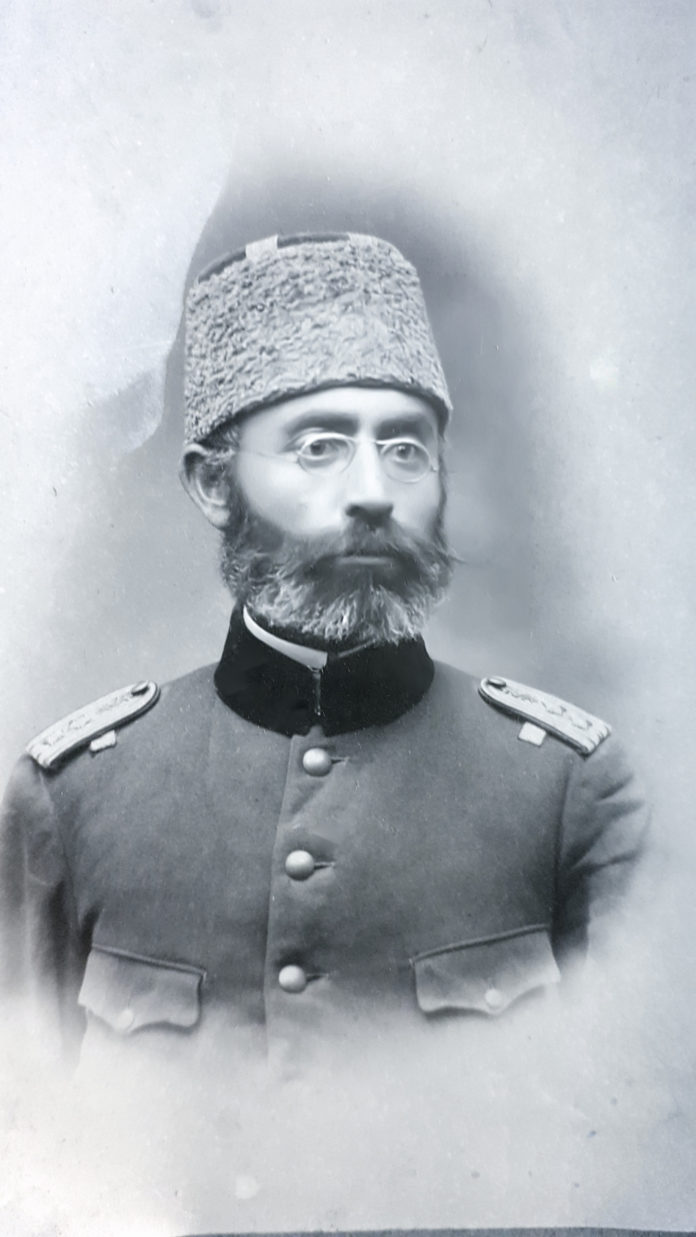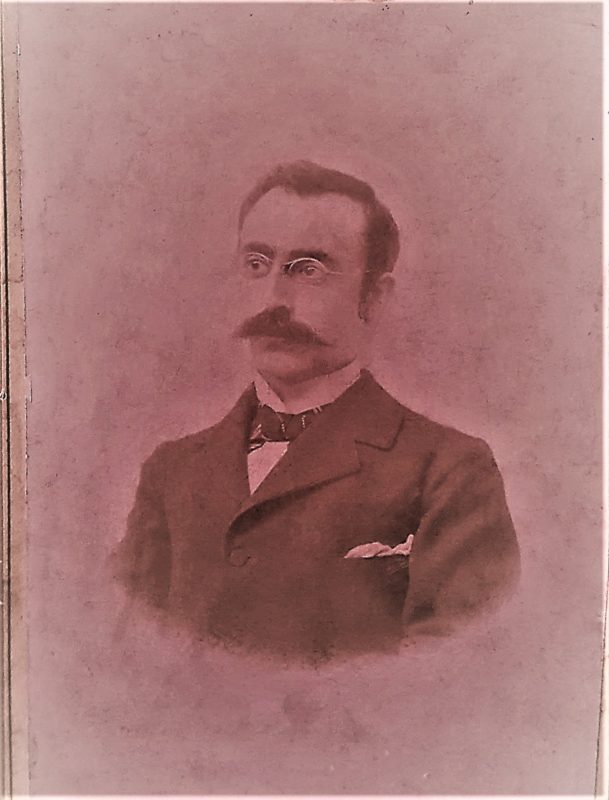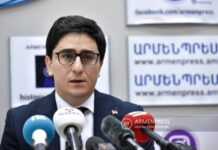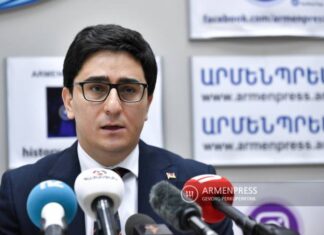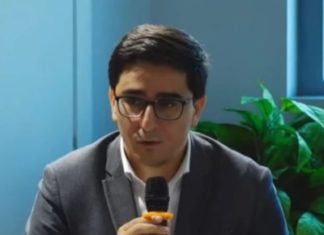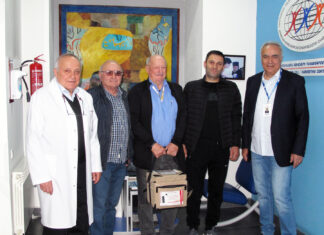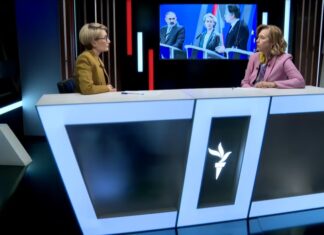By Marine Petrossian
In December, my essay “The Turkish Border Has Gotten Closer to Me” was published in the Mirror-Spectator. When writing the piece, I mostly had in mind American readers whose ancestors had lived in Western Armenia/Turkey. All my ancestors are also from Western Armenia, but I speak Eastern Armenian. I was born in Soviet Armenia, part of the superpower called the Soviet Union. Then, in the 1980s, Gorbachev started his Perestroika. Then, in February 1988, the Karabakh movement began —hundreds of thousands of people in the streets of Yerevan. These were years of my youth. The first publication of my poems had just appeared in the Garun magazine. Having heard the chants of “Ka-ra-bakh, Mi-a-tsum,” I looked down from our balcony in Arabkir district towards downtown Yerevan and it was like a bee hive — all the streets were filled with people.
With this chanting, people were demonstrating their support for the request issued by the Council of People’s Deputies of Nagorno-Karabakh, then part of Soviet Azerbaijan, to transfer the region to Soviet Armenia. But Moscow answered No. What then? Would people accept this No and go home? No, they didn’t. People stayed in the streets and the Karabakh movement turned out to be also a movement for Armenian independence — for the right of the Armenian people to decide their own destiny. Some three years later, the Soviet Union collapsed. And when Azerbaijan attacked Artsakh, trying to resolve the problem by force, we quickly created our own army and won the war.
Now, when I write these words, our victory is gone. We badly lost the war. We lost most of Artsakh and we lost our self-confidence. Now we all feel unsafe in Armenia. The post-Soviet era is gone; we are no longer in the post-Soviet world; we are in Middle Eastern turmoil. Until yesterday, I did not realize that I was living in the Middle East. During Soviet times, Europe was our neighbor in the west and Japan and the United States were our neighbors in the east. The Soviet Union had disappeared long ago, but now I realize that up to yesterday I continued to see Europe as our neighbor.
After the war, things have changed also in my mind. Now I know well that I live in the Middle East. Turkey is on our left. Huge and aggressive. Azerbaijan is on our right, not very small and even more aggressive. Our next two neighbors are Iran and Georgia. Iran is more an ally than not. But we can’t count much on its support. Georgia is not an ally at all.
Armenia is in danger. Once there were two Armenia’s: Western Armenia and Eastern Armenia. All my ancestors once lived in Western Armenia. We badly lost it, and I was born in Eastern Armenia, in Yerevan. Now, when Yerevan is also in danger, I suddenly realize that this concept of Western and Eastern Armenia’s does not work for me anymore. Now we have one Armenia and it is in danger, because now we have two Turkeys: the first, the bigger one, is on our left side; and the second, the smaller one, is on our right side. We lost the war to both of them.



